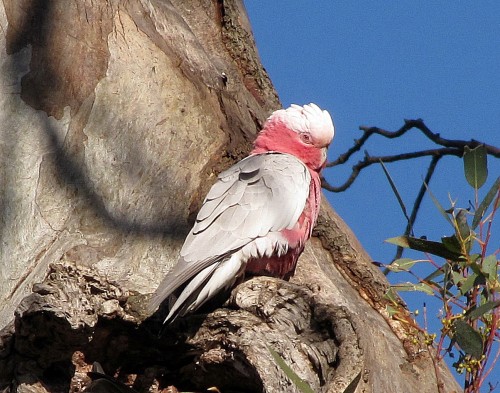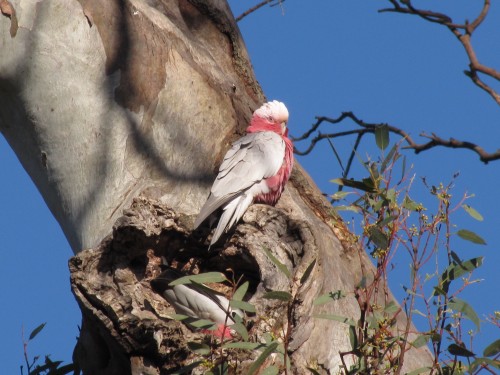Pacific Black Ducks, Laratinga Wetlands
Pacific Black Ducks and Grey Teal are probably the most common and well known ducks found in Australia. They are very common in parks, on lakes, rivers and reservoirs and can even be found in private gardens. More than once we’ve had ducklings in our swimming pool.
They are one of most recognisable birds and are very popular in public parks and gardens where people love to feed them. I don’t encourage this practice as the food – often bread – is not only unsuitable for ducks, it is potentially harmful to them.
Pacific Black Ducks are generally quite unafraid of people, especially in public places like the Laratinga Wetlands in South Australia. This makes them excellent subjects for photography.
Further reading:












